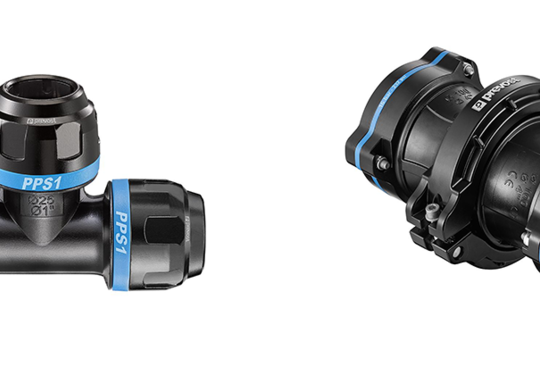Clariant plans to invest approximately CHF 10 mln – a global initiative to expand its ability to produce color and additive masterbatches and compounds using engineering polymers and high-temperature plastics like PEEK (polyether ether ketone) is progressing on schedule.
Jeff Saeger, who heads the expansion program for Clariant, reports two extrusion lines at the Masterbatches plant in Ahrensburg, Germany, have been refurbished and can now run at temperatures up to 450°C. Another new line will be installed and running by the end of Q1 2017. In Shanghai, two new co-rotating extruders are now up and running in Shanghai and a smaller high-temperature unit has been started up in Singapore. Saeger says equipment for processing fluoropolymers has been installed in Lewiston, Maine, U.S.A, and new lines for specialty high-temperature compounds are now running in Holden, Massachusetts.

A new black masterbatch line, for engineering polymers is schedule start-up in Holden in Q3 2017. In addition, the Shanghai plant is being expanded to include not only additional compounding space, but also a new testing and quality-control laboratory. The Asian region already is served by a state-of-the-art lab in Singapore, but Clariant plans to add new physical, chemical and weathering test equipment there as well in the first half of 2017.
In order to work effectively in polymers that are processed at temperatures between 300° and 450°C, masterbatches must be specially formulated using not only the same high-temperature base material, but also special pigments and additives that can stand up to extreme levels of heat and shear. All of this requires not only advanced extrusion equipment but also specialized auxiliaries, including pre- and post-drying drying equipment and multiple gravimetric side feeders. Besides masterbatches, the plants also can produce fully-compounded and pre-colored resins in small and medium quantities in collaboration with major resin producers. This is particularly important as these companies have begun to limit availability of certain colors and/or increase minimum order quantities, leaving many users in a difficult supply position.
“NATURAL-PLUS” options for global manufacturers without high-temperature masterbatches, part producers have only a couple of choices. They can mold the parts in the resin’s natural color and then paint them, or they can use pre-colored compounds. Processors buy readily available natural-color resin and then add a color concentrate (masterbatch) precisely formulated to achieve the exact finished color required. The advantages of this approach are many. The high cost of small quantities of custom-colored resin is avoided. Processors can buy larger quantities of natural resin and also have less capital tied up in an inventory of colored resin that may only be used occasionally. Storage space requirements are minimized. Production benefits accrue from centralized drying and handling of natural resin and faster color changes. Manufacturers are also much more flexible in responding to changing consumer color preferences.
The new investments are expected to be especially beneficial to manufacturers of electrical products and appliances, since many of these devices and the components in them contain engineering plastics that need to meet flammability-resistance standards promulgated by Underwriters Laboratories (UL). Clariant has obtained UL94 masterbatch listing for more than 200 commercial grades.
Website:www.plastemart.com







